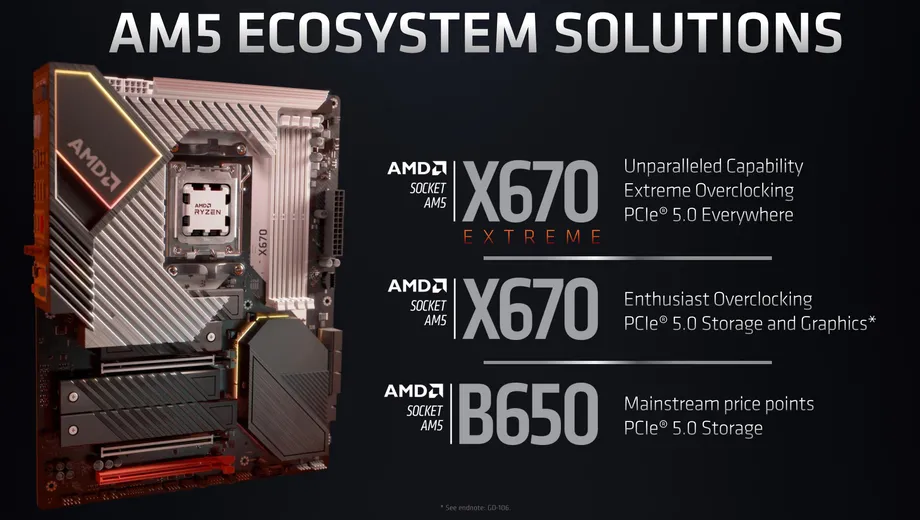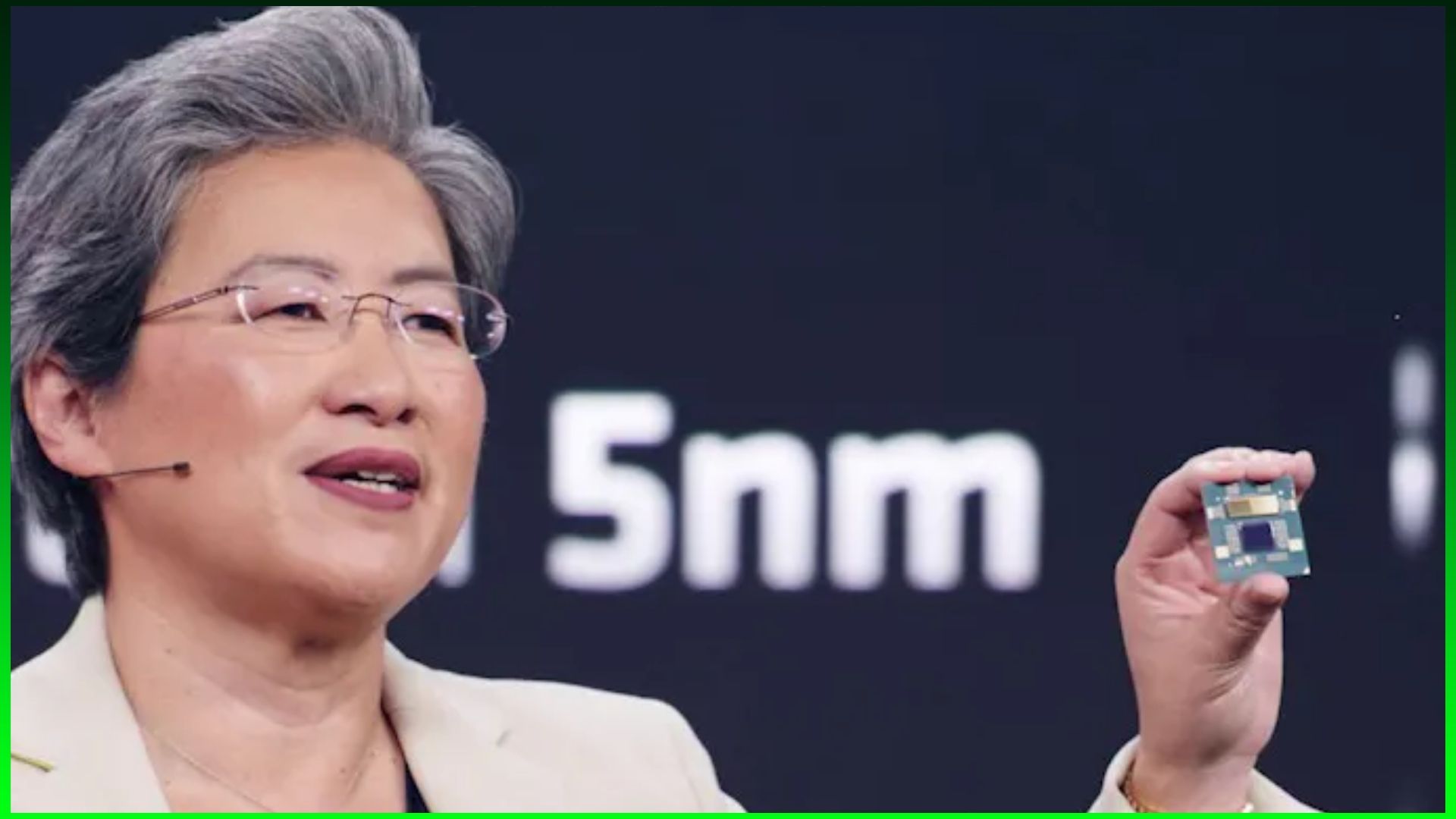AS it was expected, AMD took its turn on the Computex Taipei stage to present what would be the next generation of its computer processor under the new architecture Zen 4 and enter Ryzen 7 7000.
Another milestone in the incredible history of AMD, Zen 4 will be highlighted as the first time computing processor for personal computers achieved a 5nm manufacturing process which means that it has been optimized to be equally or more powerful than its predecessor using LESS energy.
The Ryzen 7000 itself is a new venture, as the SoC (system on a chip) will be the dawn for AM5 motherboards which are designed to support DDR5 and PCIe 5.0 out of the box and unfortunately, this is the end of the long road for the AMD4.
Speaking of performance, AMD’ CEO Lisa Lu, claims that Zen 4 Ryzen 7 can perform 15% faster than Zen 3 and particularly the new Ryzen 7 can get up to 5.5GHz frequency if the environments include a system full of PCIe 5.0 and DDR 5.
Ryzen 7 physically is composed of two 5nm Zen 4 CPU modules, and also a new 6nm I/O die that has now integrated RDNA 2 graphics, DDR5 and PCIe 5.0 controllers, and built-in power management.

Also, AMD confirmed that Zen 4 Ryzen family will have some amount of those integrated graphics, so you’ll only need a video card if you need the additional muscle for work or gaming and this is not unexpected as the trend since the last year is that people can depend (again) on integrated graphics processing while first and third party GPUs can be dealt later as processor these days can do proper environment of 1080p gaming without the need of a graphic card.
Finally, we need to talk about the new Motherboards that will run the Zen 4 SoCs, and we got the proper substitute for B550 and X570 respectively with B650 and X670 and a new entry with X670E.

A direct and simple difference between the B650 and X670 are the support of more PCIe slot from the X670 and B550 are just for people only needed what it is needed and finally, the X670E or X670Extreme is designed to be the first chipset that goes FULL PCIE 5.0 while the former two shares backward compatibility with PCIe 4 and 5.
Hardware speaking, new computer with AMD5 will have 24 lanes of PCIe 5.0 bandwidth, and says these motherboards will have up to 14 USB 3.x ports (I suspect AMD doesn’t specify which standard because the official naming is a mess), some of which will support 20Gbps and USB-C. You also get up to four display outputs on your motherboard itself, and manufacturers can outfit them with HDMI 2.1 and DisplayPort 2.
Finally and despite that MOBOs with AM5 cannot have Zen 3 chips and downwards, AMD assure that most coolers and hardware are retrocompatible.
Unfortunately, AMD has only confirmed that it plans to launch the Ryzen 7000 processors in Fall 2022 both, no words on specific date and if details about the Ryzen 5 and 9 equivalent for Zen 4 or even if they are inbound for this year.


